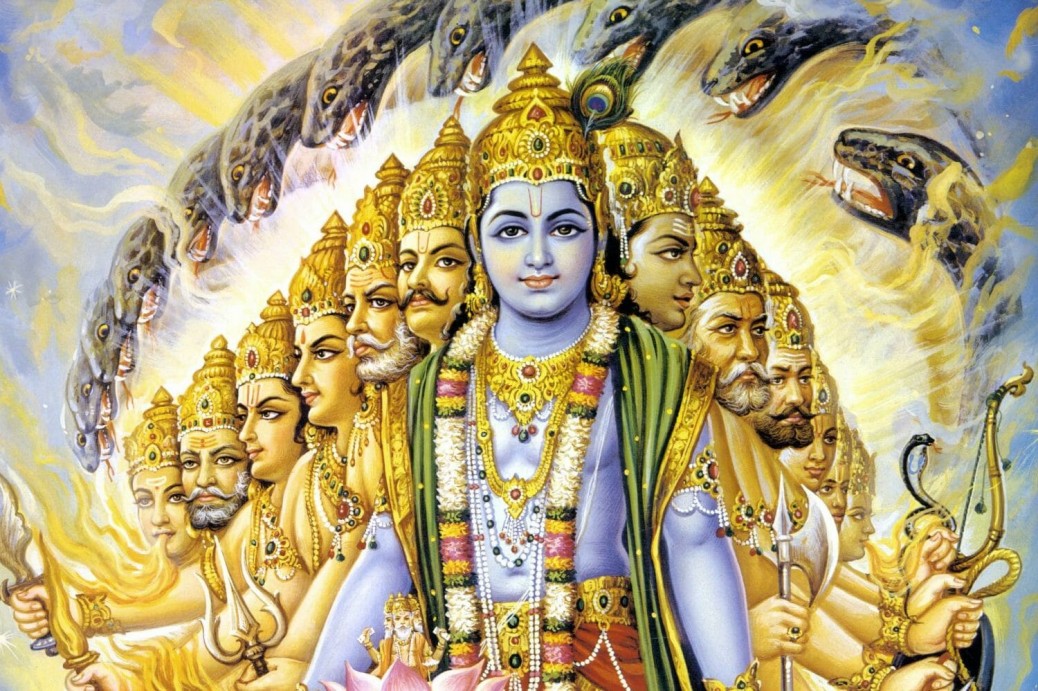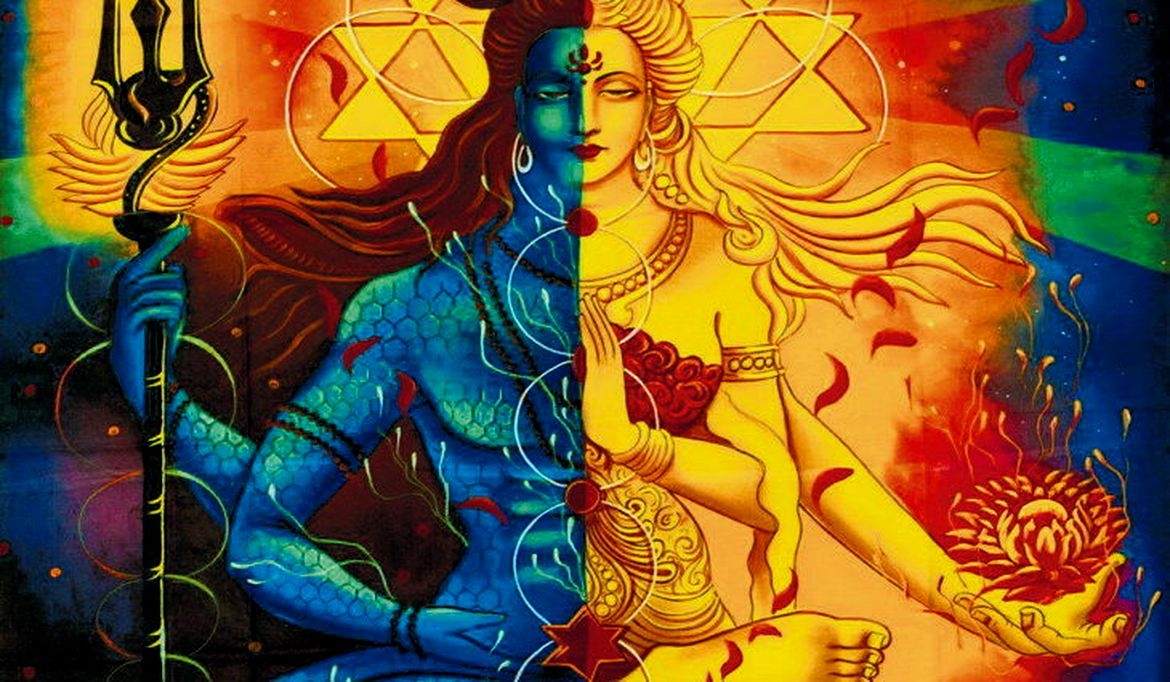Total Contentment – In Gita Verse 18.36 O best of the Bhāratas, now please hear from Me about the three kinds of happiness by which the conditioned soul enjoys, and by which he sometimes comes to the end of all distress.
In the Bhagavad Gita, Verse 18.36, Krishna addresses Arjuna, enlightening him about the three distinct types of happiness that condition the soul and sometimes lead to the cessation of all distress. These three types of happiness are categorised as tamasic, rajasic, and sattvic. Each form of happiness has unique characteristics and impacts on the individual’s consciousness and overall well-being.
Starting with tamasic pleasures, these are the lowest form of happiness. They captivate the soul during the time of enjoyment but also lead to detrimental results. Tamasic happiness is akin to the effects of alcohol; it causes unconsciousness and clouds judgement. This type of pleasure is fleeting and often leaves the individual in a worse state than before. It covers the inner wisdom with a metaphorical layer of ashes, leading to behaviour that one would not engage in during conscious moments. Tamasic pleasures are deceptive; they promise joy but deliver distress and confusion, ultimately leading to a cycle of suffering and ignorance.
The second type of happiness is rajasic, which arises from the interaction between the senses and external objects. This form of happiness is more refined than tamasic pleasures but still rooted in the material world. The lamp of consciousness is burning, but if one seeks pleasure in the darkness near it, then it is tamasic. Rajasic happiness involves the enjoyment of sensory pleasures through the body and mind. It is the happiness derived from material possessions, achievements, and sensory experiences. While it provides a more substantial sense of fulfilment than tamasic pleasures, it is still transient and dependent on external factors. Rajasic happiness can lead to attachment and desire, which can cause further distress when those desires are not met.
The highest form of happiness is sattvic, which is derived from the light of the lamp of consciousness itself, without any intermediary. This happiness is pure and self-sustaining, not reliant on the senses, objects, body, or mind. Sattvic happiness is the joy that comes from within, from a state of inner peace and contentment. It is the happiness that arises from spiritual practices, self-realisation, and a deep connection with the divine. Sattvic happiness is enduring and leads to a state of harmony and balance, free from the fluctuations of pleasure and pain.
Let’s understand the nature of happiness and the eternal quest for it. Happiness, bliss, and joy are what we seek, yet they remain elusive. The nature of happiness depends on one’s state of consciousness. If one is asleep, pleasure is mistaken for happiness. Pleasure, in this context, means seeking to achieve something through the body that it is not capable of providing. The body can only offer momentary pleasures, each balanced by an equal amount of pain. This cycle of pleasure and pain is a vicious circle, much like the duality of day and night or life and death. When one is in a state of pleasure, there is always the fear of losing it, which taints the experience. Conversely, when one is in pain, there is a desperate effort to escape it, only to fall back into the same cycle.
For those who are asleep, life revolves around bodily sensations such as food and sex. These pleasures are temporary reliefs from tension, much like a sneeze. The sleeping person lives from one sensation to another, seeking small thrills and leading a superficial life. In contrast, the meditator begins to awaken and moves towards a different kind of happiness. This happiness is more psychological and less physiological. It is found in music, poetry, nature, and silence. This type of happiness is more lasting and enriching, creating a sense of fullness and harmony within.
Pleasure is dependent on others. Happiness, while less dependent on external factors, remains distinct from oneself. Bliss, however, is neither dependent nor separate; it is intrinsic to your very being and nature. Attaining bliss is synonymous with attaining God or nirvana.
However, even this happiness is not the ultimate goal. The ultimate state of happiness is achieved when one is fully awake, like a Buddha. In this state, all darkness and ego have disappeared, and there is total contentment. One lives entirely in the present moment, with no past or future, experiencing bliss. This is real happiness, a state of being that is our birthright. It is essential to rise above the jungle of pleasures and seek this higher state of happiness and bliss.
Krishna underscores that pleasure is primal, happiness is human, and bliss is divine. Pleasure constraints, happiness offers limited freedom, but bliss provides absolute liberation. Bliss enables one to transcend the material world and become part of the divine. It is not dependent on external factors and is an intrinsic aspect of one’s being. Attaining bliss is equivalent to attaining divine fulfilment or nirvana, leading to ultimate liberation and fulfilment.
Tags: Total Contentment





